

| Cruise Region : South America / Antarctica |
| Company : Oceania Cruises |
| Ship : Marina |
| Journey Start : Sat 07 Mar 2026 |
| Journey End : Tue 07 Apr 2026 |
| Count Nights : 31 night |
| Day | Date | Port | Arrival | Departure |
|---|---|---|---|---|
| 1 | 7.03 Sat | Buenos Aires / Argentina | 18:00 | |
| 2 | 8.03 Sun | Montevideo / Uruguay | 08:00 | 20:00 |
| 3 | 9.03 Mon | Punta del Este / Uruguay | 08:00 | 17:00 |
| 4 | 10.03 Tue | Day at sea / Sea | ||
| 5 | 11.03 Wed | Itajai / Brazil | 10:00 | 19:00 |
| 6 | 12.03 Thu | Santos / Brazil | 09:00 | 19:00 |
| 7 | 13.03 Fri | Paraty / Brazil | 08:00 | 18:00 |
| 8 | 14.03 Sat | Ilha Grande, Big Island / Brazil | 08:00 | 18:00 |
| 9 | 15.03 Sun | Armacao dos Buzios / Brazil | 08:00 | 18:00 |
| 10 | 16.03 Mon | Rio de Janeiro / Brazil | 08:00 | |
| 11 | 17.03 Tue | Rio de Janeiro / Brazil | ||
| 12 | 18.03 Wed | Rio de Janeiro / Brazil | 13:00 | |
| 13 | 19.03 Thu | Day at sea / Sea | ||
| 14 | 20.03 Fri | Day at sea / Sea | ||
| 15 | 21.03 Sat | Recife / Brazil | 07:00 | 15:00 |
| 16 | 22.03 Sun | Day at sea / Sea | ||
| 17 | 23.03 Mon | Day at sea / Sea | ||
| 18 | 24.03 Tue | Day at sea / Sea | ||
| 19 | 25.03 Wed | Alter do Chao / Brazil | 13:00 | 20:00 |
| 20 | 26.03 Thu | Valeria Village Mouth / Brazil | 07:00 | 15:00 |
| 21 | 27.03 Fri | Manaus / Brazil | 09:00 | |
| 22 | 28.03 Sat | Manaus / Brazil | 16:00 | |
| 23 | 29.03 Sun | Parintins / Brazil | 10:00 | 18:00 |
| 24 | 30.03 Mon | Santarem / Brazil | 07:00 | 15:00 |
| 25 | 31.03 Tue | Day at sea / Sea | ||
| 26 | 1.04 Wed | Day at sea / Sea | ||
| 27 | 2.04 Thu | Day at sea / Sea | ||
| 28 | 3.04 Fri | Castries / Saint Lucia | 11:00 | 17:00 |
| 29 | 4.04 Sat | Basseterre, Saint Kitts / Saint Kitts and Nevis | 07:00 | 14:00 |
| 30 | 5.04 Sun | Day at sea / Sea | ||
| 31 | 6.04 Mon | Day at sea / Sea | ||
| 32 | 7.04 Tue | Miami / USA | 07:00 | 17:00 |
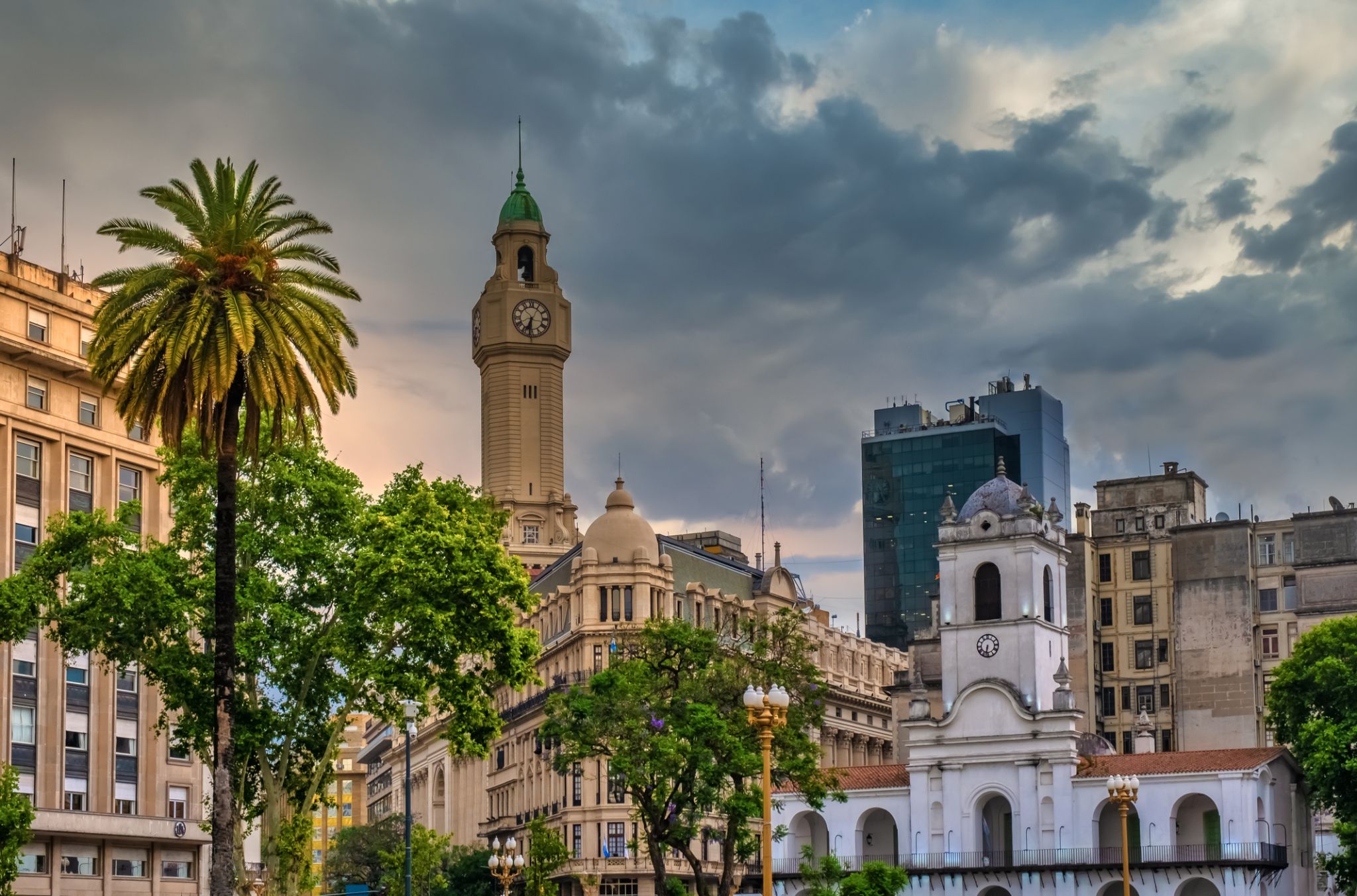
the capital city and chief port of Argentina, in the eastern central part of the country, on the Plata River; population 3,042,600 (est. 2008).

Montevideo is the capital and largest city of Uruguay. According to the 2011 census, the city proper has a population of 1,319,108 (about one-third of the country's total population) in an area of 201 square kilometres (78 sq mi). The southernmost capital city in the Americas, Montevideo is situated on the southern coast of the country, on the northeastern bank of the Río de la Plata.
The city was established in 1724 by a Spanish soldier, Bruno Mauricio de Zabala, as a strategic move amidst the Spanish-Portuguese dispute over the platine region. It was also under brief British rule in 1807. Montevideo is the seat of the administrative headquarters of Mercosur and ALADI, Latin America’s leading trade blocs, a position that entailed comparisons to the role of Brussels in Europe.
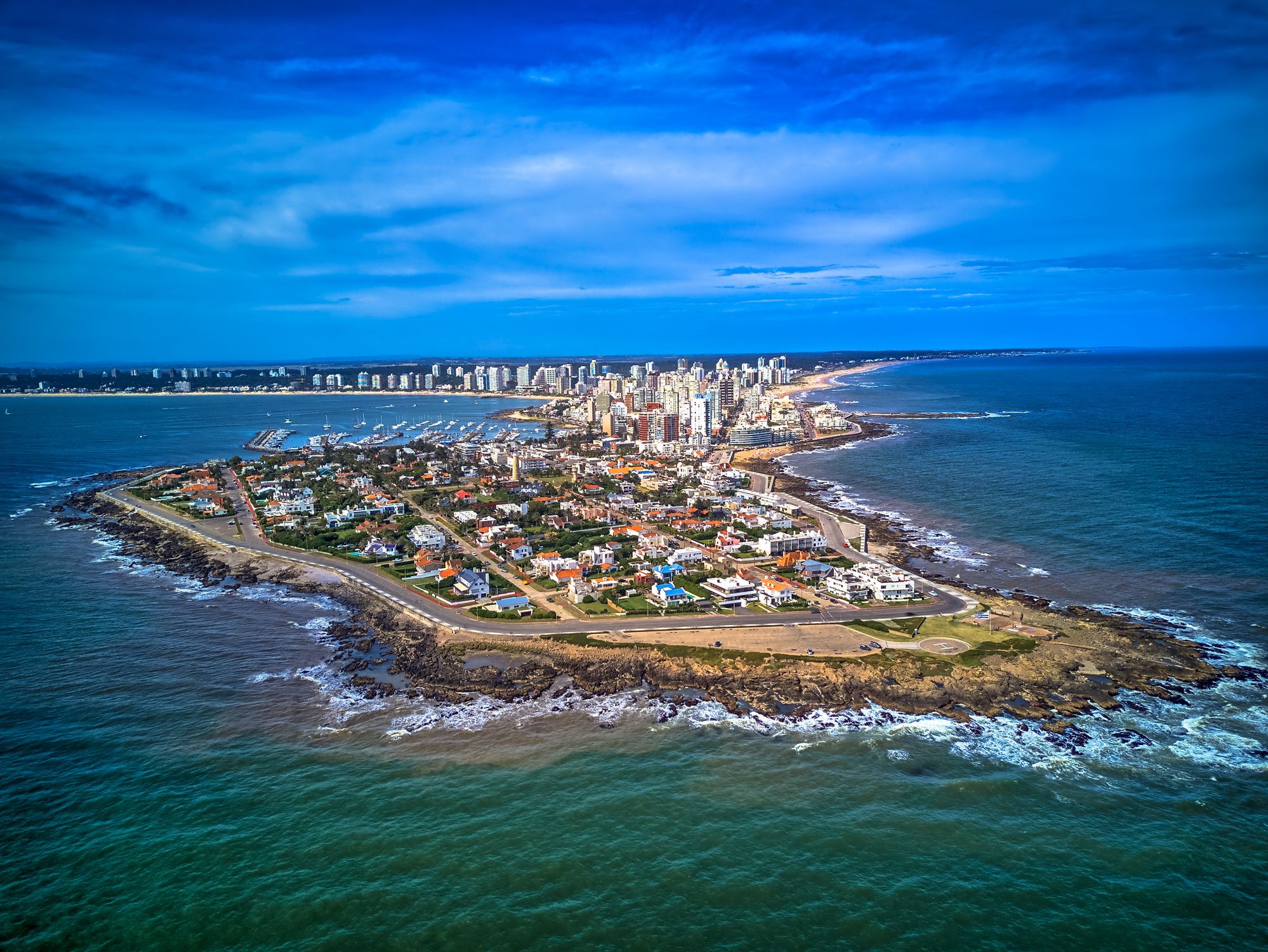
Punta del Este — Uruguay’s Premier Resort on the Atlantic Coast
Punta del Este is one of South America’s most renowned resort cities, located on Uruguay’s southern coast where the Atlantic Ocean meets the Río de la Plata estuary. The city is known for its unique contrasts—on one side, upscale neighborhoods with modern skyscrapers, yachts, and gourmet restaurants, and on the other, tranquil sandy beaches, scenic dunes, and surf-friendly waves. It’s often dubbed the “Monaco of South America” for its luxurious infrastructure and popularity among international celebrities.
Beyond the beaches, Punta del Este offers both cultural and natural attractions: the iconic “La Mano” sculpture, the Ralli Museum of contemporary art, and nearby islands home to sea lions. Visitors can explore the bohemian district of La Barra or enjoy sunset views by the Punta del Este lighthouse. The city comes alive during the summer season (December to February), when tourists from around the globe arrive in search of sunshine, comfort, and vibrant nightlife.


Itajaí is a coastal city in southern Brazil, located in the state of Santa Catarina, known for its busy port and well-developed maritime infrastructure. The Port of Itajaí is considered one of the most important in the country for exporting meat and agricultural products. The city attracts not only business travelers but also tourists, as it uniquely blends industrial landscapes with natural beauty. A stroll along the waterfront offers views of massive cargo ships set against the Atlantic Ocean, along with the chance to taste fresh seafood at numerous restaurants.
Despite its status as a commercial hub, Itajaí offers travelers peaceful beaches, cozy parks, and cultural events. One of the city’s most famous events is the Festa do Mare, a seafaring festival with parades, concerts, and fish-based delicacies. Nearby lies the resort town of Balneário Camboriú—one of the most popular beach destinations in Brazil. Itajaí is a place where the sea, culture, and dynamic southern Brazilian life intersect, perfect for both a short stop and a leisurely exploration.
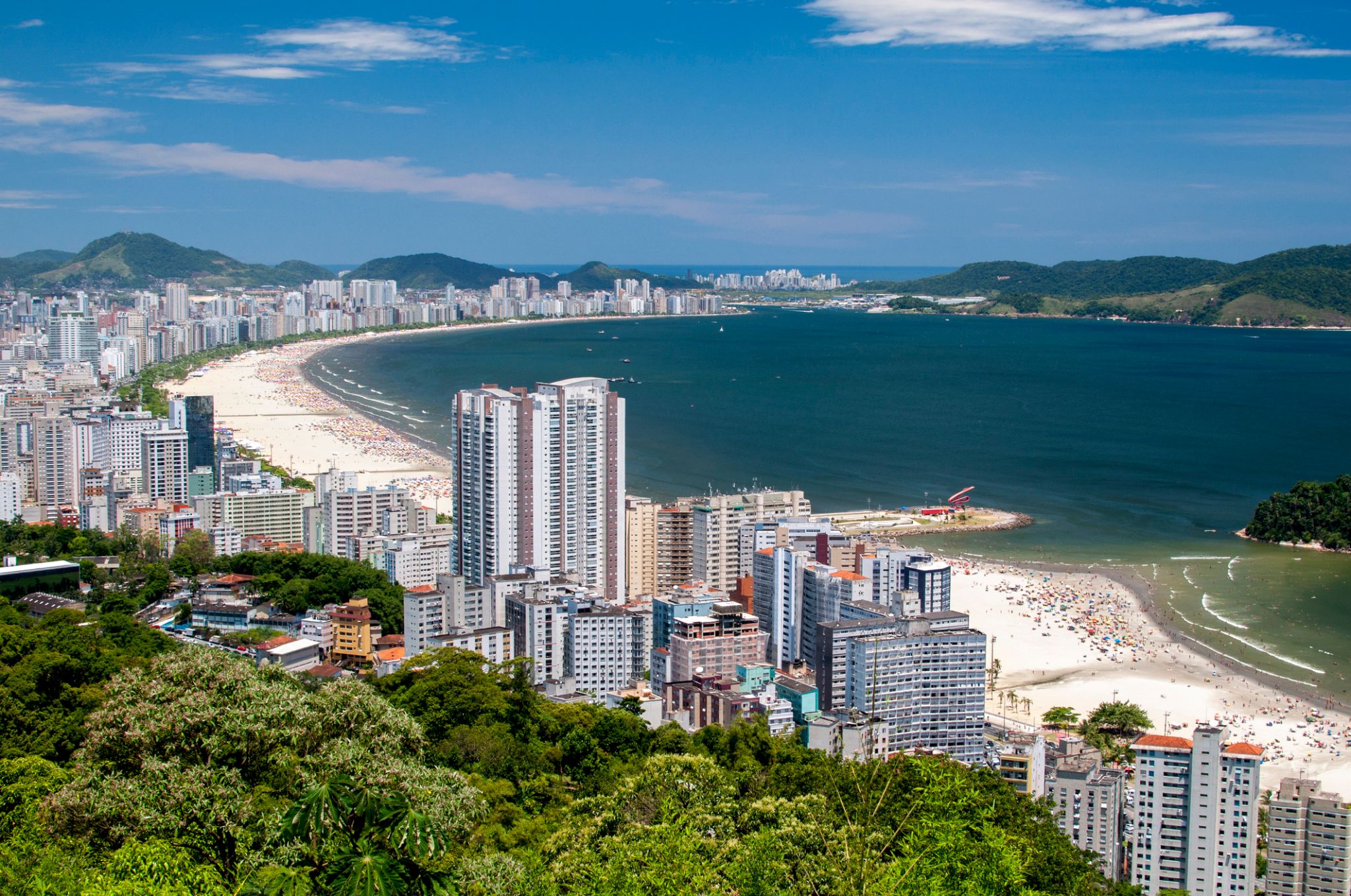
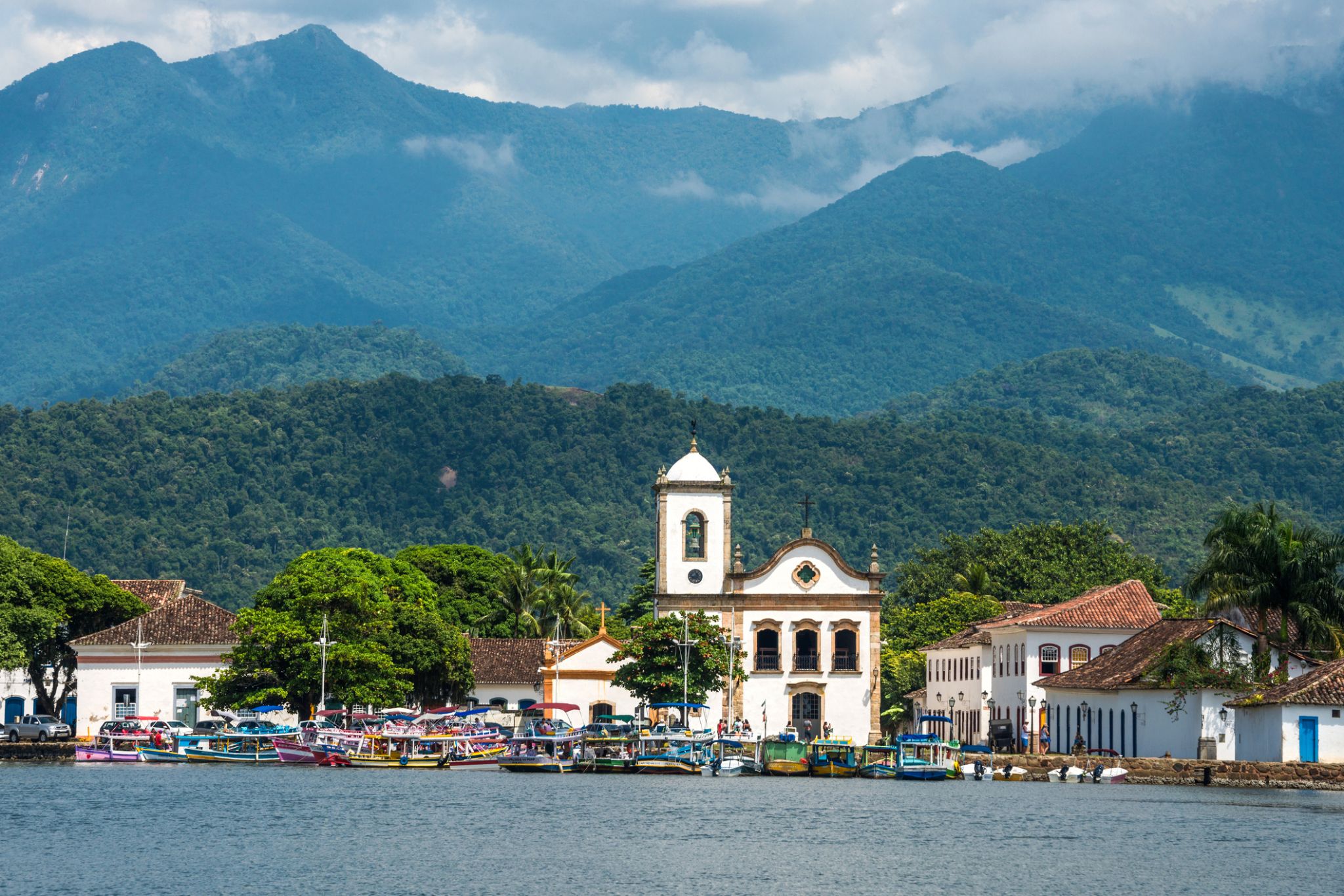

Hidden among emerald waves off the coast of Brazil, Ilha Grande captivates with untouched nature and a true spirit of adventure. This island in the state of Rio de Janeiro once served as a prison and leper colony, but today it’s a perfect escape from the hustle of civilization. There are no cars here—only trails winding through the jungle, leading to white-sand beaches, crystal-clear lagoons, and waterfalls hidden deep in the forest.
Travelers can explore over 100 beaches, including the famous Lopes Mendes — considered one of the most beautiful in the world. Boat trips to abandoned prisons, diving among shipwrecks, and hiking through Atlantic rainforest offer endless opportunities for discovery. Ilha Grande is not just a resort, but a living museum of nature and history where each step reveals something new.
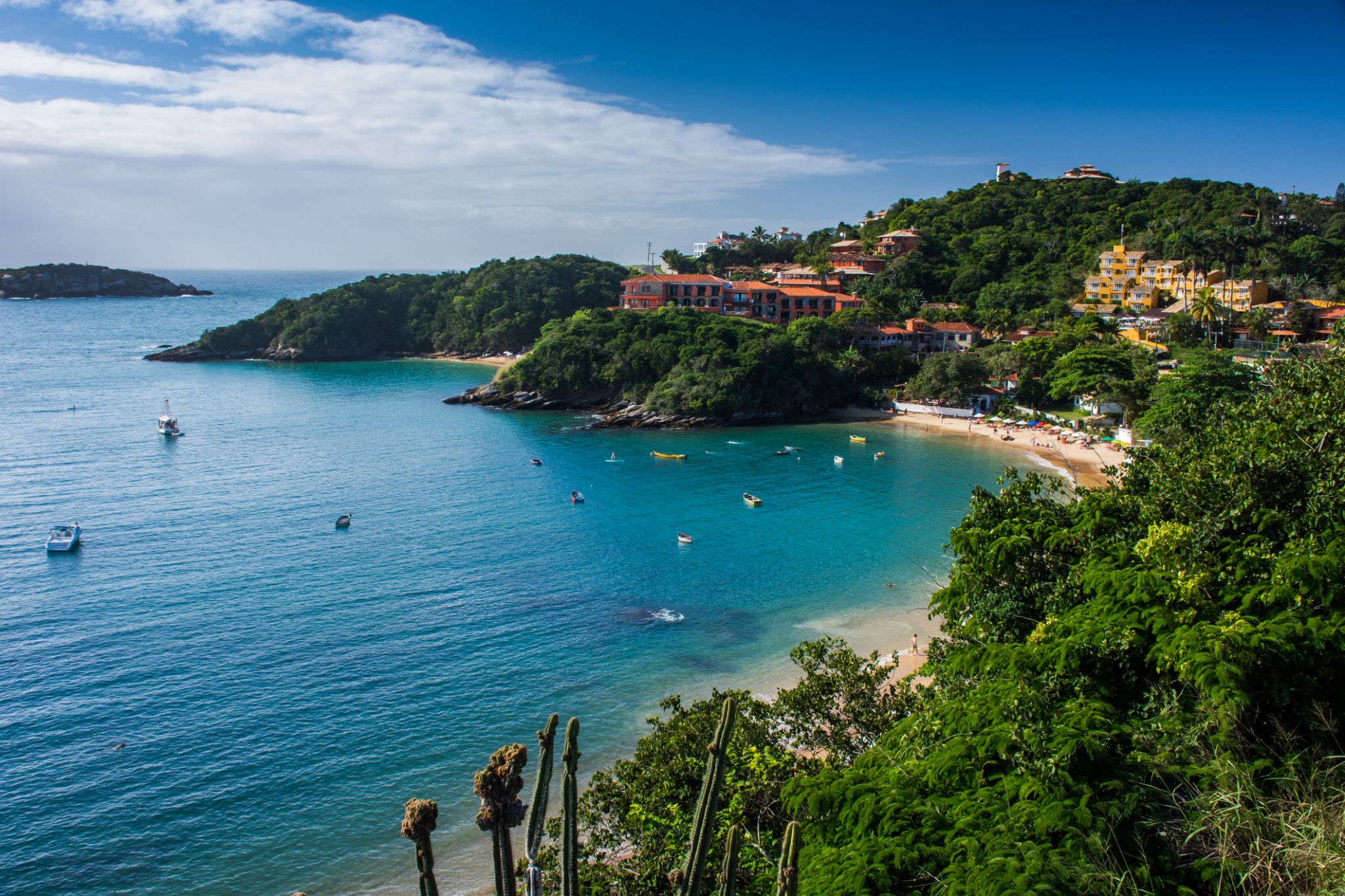
Armação dos Búzios, often referred to as just Búzios, is a resort town and a municipality located in the state of Rio de Janeiro, Brazil. In 2012, its population consisted of 23,463 inhabitants and its area of 69 km². Today, Búzios is a popular getaway from the city and a worldwide tourist site, especially among Brazilians and Argentinians.
In the early 1900s Búzios was an almost unknown village of fishermen. It remained as such until 1964, when the French actress Brigitte Bardot visited Búzios, since then Búzios became popular with the Carioca’s high society, who wanted to escape from the chaotic city life of Rio de Janeiro and enjoy over 23 beaches that the peninsula offers. The city grew to be an international tourist destination.
Today, the peninsula is a travelling site that offers calmness, direct contact with nature and scenic views. The west coast beaches offer calm, clear waters while the east coast ones, facing the open sea, are more wild and draw surfers and water sports enthusiasts. Azeda, Ferradura, João Fernandes and Armação are amongst the most popular beaches in town. At night, Rua das Pedras, Buzios' main street, offers its visitors an active nightlife and a great variety of shopping and restaurants.
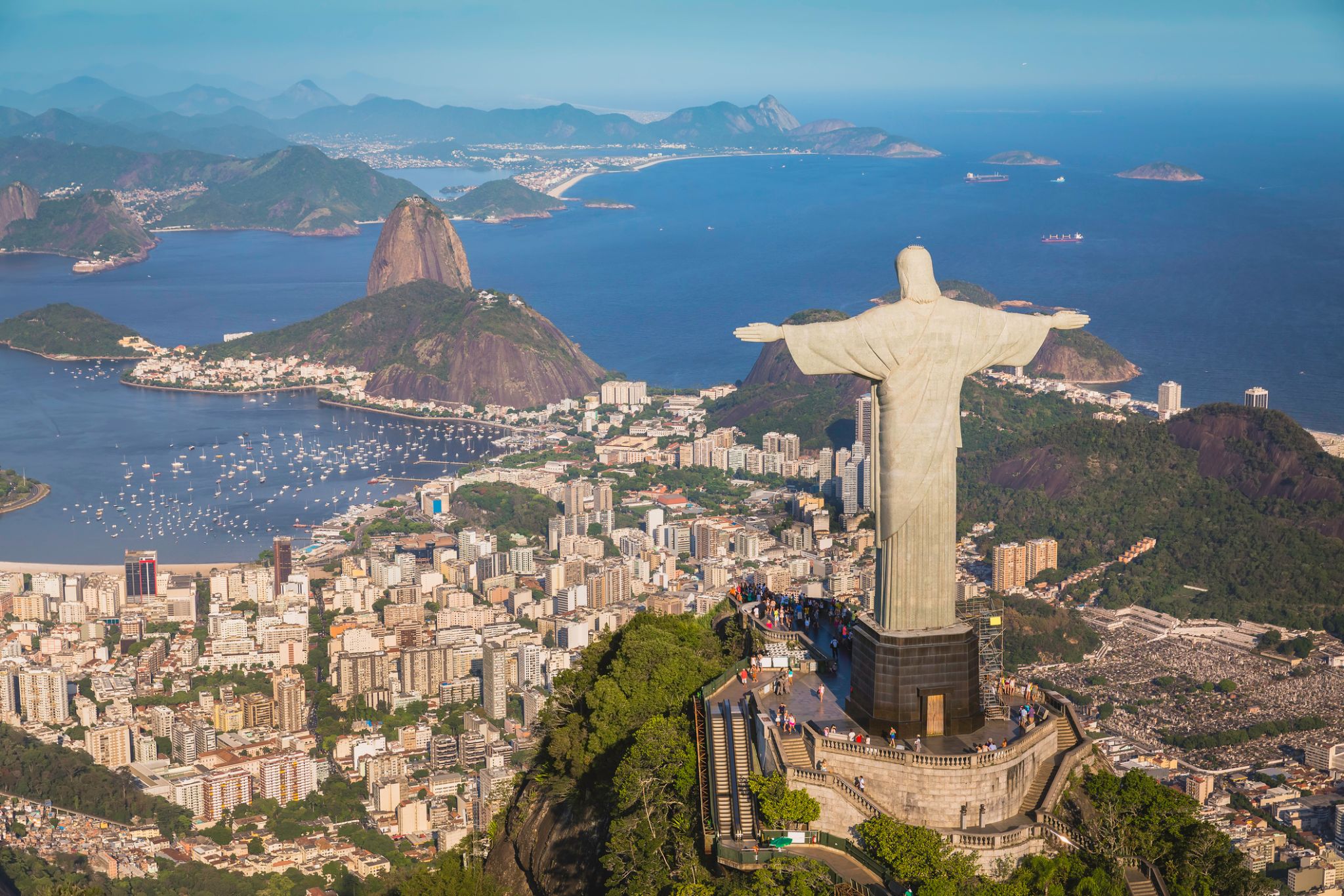
Rio de Janeiro is the second-most populous municipality in Brazil and the sixth-most populous in the Americas. The metropolis is anchor to the Rio de Janeiro metropolitan area, the second-most populous metropolitan area in Brazil and sixth-most populous in the Americas. Rio de Janeiro is the capital of the state of Rio de Janeiro, Brazil's third-most populous state. Part of the city has been designated as a World Heritage Site, named "Rio de Janeiro: CariocaLandscapes between the Mountain and the Sea", by UNESCO on 1 July 2012 as a Cultural Landscape.
Founded in 1565 by the Portuguese, the city was initially the seat of the Captaincy of Rio de Janeiro, a domain of the Portuguese Empire. Later, in 1763, it became the capital of the State of Brazil, a state of the Portuguese Empire. In 1808, when the Portuguese Royal Court transferred itself from Portugal to Brazil, Rio de Janeiro became the chosen seat of the court of Queen Maria I of Portugal, who subsequently, in 1815, under the leadership of her son, the Prince Regent, and future King João VI of Portugal, raised Brazil to the dignity of a kingdom, within the United Kingdom of Portugal, Brazil, and Algarves. Rio stayed the capital of the pluricontinental Lusitanian monarchy until 1822, when the War of Brazilian Independence began. This is one of the few instances in history that the capital of a colonising country officially shifted to a city in one of its colonies. Rio de Janeiro subsequently served as the capital of the independent monarchy, the Empire of Brazil, until 1889, and then the capital of a republican Brazil until 1960 when the capital was transferred to Brasília.

Rio de Janeiro is the second-most populous municipality in Brazil and the sixth-most populous in the Americas. The metropolis is anchor to the Rio de Janeiro metropolitan area, the second-most populous metropolitan area in Brazil and sixth-most populous in the Americas. Rio de Janeiro is the capital of the state of Rio de Janeiro, Brazil's third-most populous state. Part of the city has been designated as a World Heritage Site, named "Rio de Janeiro: CariocaLandscapes between the Mountain and the Sea", by UNESCO on 1 July 2012 as a Cultural Landscape.
Founded in 1565 by the Portuguese, the city was initially the seat of the Captaincy of Rio de Janeiro, a domain of the Portuguese Empire. Later, in 1763, it became the capital of the State of Brazil, a state of the Portuguese Empire. In 1808, when the Portuguese Royal Court transferred itself from Portugal to Brazil, Rio de Janeiro became the chosen seat of the court of Queen Maria I of Portugal, who subsequently, in 1815, under the leadership of her son, the Prince Regent, and future King João VI of Portugal, raised Brazil to the dignity of a kingdom, within the United Kingdom of Portugal, Brazil, and Algarves. Rio stayed the capital of the pluricontinental Lusitanian monarchy until 1822, when the War of Brazilian Independence began. This is one of the few instances in history that the capital of a colonising country officially shifted to a city in one of its colonies. Rio de Janeiro subsequently served as the capital of the independent monarchy, the Empire of Brazil, until 1889, and then the capital of a republican Brazil until 1960 when the capital was transferred to Brasília.

Rio de Janeiro is the second-most populous municipality in Brazil and the sixth-most populous in the Americas. The metropolis is anchor to the Rio de Janeiro metropolitan area, the second-most populous metropolitan area in Brazil and sixth-most populous in the Americas. Rio de Janeiro is the capital of the state of Rio de Janeiro, Brazil's third-most populous state. Part of the city has been designated as a World Heritage Site, named "Rio de Janeiro: CariocaLandscapes between the Mountain and the Sea", by UNESCO on 1 July 2012 as a Cultural Landscape.
Founded in 1565 by the Portuguese, the city was initially the seat of the Captaincy of Rio de Janeiro, a domain of the Portuguese Empire. Later, in 1763, it became the capital of the State of Brazil, a state of the Portuguese Empire. In 1808, when the Portuguese Royal Court transferred itself from Portugal to Brazil, Rio de Janeiro became the chosen seat of the court of Queen Maria I of Portugal, who subsequently, in 1815, under the leadership of her son, the Prince Regent, and future King João VI of Portugal, raised Brazil to the dignity of a kingdom, within the United Kingdom of Portugal, Brazil, and Algarves. Rio stayed the capital of the pluricontinental Lusitanian monarchy until 1822, when the War of Brazilian Independence began. This is one of the few instances in history that the capital of a colonising country officially shifted to a city in one of its colonies. Rio de Janeiro subsequently served as the capital of the independent monarchy, the Empire of Brazil, until 1889, and then the capital of a republican Brazil until 1960 when the capital was transferred to Brasília.


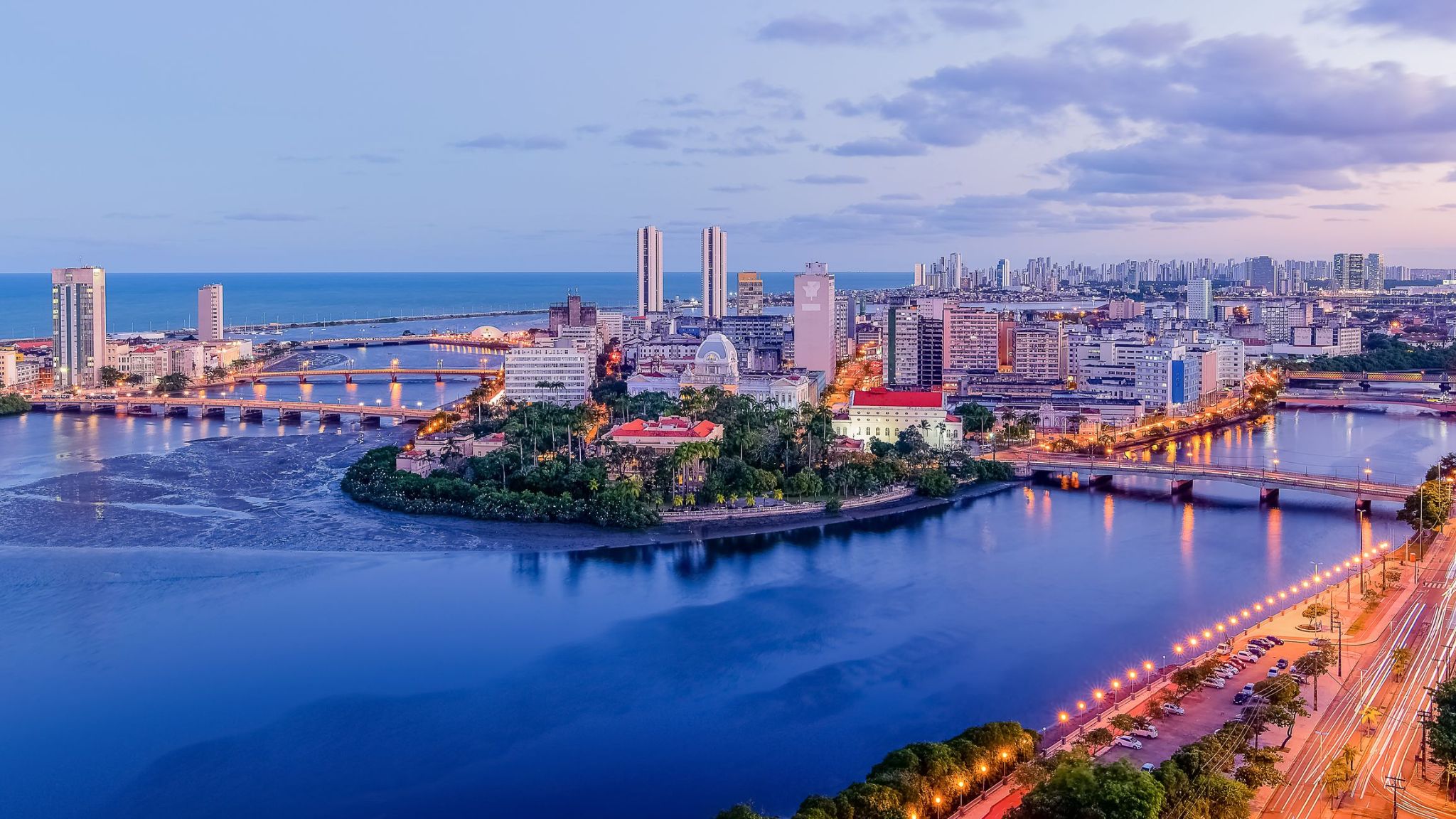
Recife: The Tropical Venice of Brazil
Recife, the capital of Pernambuco in northeastern Brazil, is known for its network of canals, bridges, and rivers, earning it the nickname “Brazilian Venice.” The city blends colonial architecture, modern skyscrapers, and vibrant culture, reflected in its carnival, frevo music, and maracatu rhythms. The historic district, Recife Antigo, preserves the city's Portuguese heritage through narrow streets, churches, and old buildings.
Recife is also famous for its beaches, especially Boa Viagem, where white sand and palm trees contrast with the urban skyline. Visitors can explore museums like the Ricardo Brennand Institute, with its collection of weapons and art, or visit the nearby colonial town of Olinda, a UNESCO World Heritage Site. It’s the perfect destination for those seeking cultural immersion, seaside relaxation, and the rhythm of vibrant Brazil.




White-sand beaches that appear and disappear with the changing water levels of the Amazon River make Alter do Chão a true natural wonder of Brazil. Located in the state of Pará, it is often called the “Brazilian Caribbean” for its crystal-clear waters, palm-fringed scenery, and soft sands. Visitors come not only for the beach experience but also for the charm of a fishing village where fresh fish dishes and jungle serenity await.
Alter do Chão is especially popular in September during the annual Sairé Festival — a vibrant celebration with traditional dances, costumes, and river parades. Adventure seekers can enjoy kayaking through flooded forests, spotting pink river dolphins, and exploring ancient archaeological sites. It’s a place where culture, nature, and the magic of the Amazon come together in one unforgettable location.

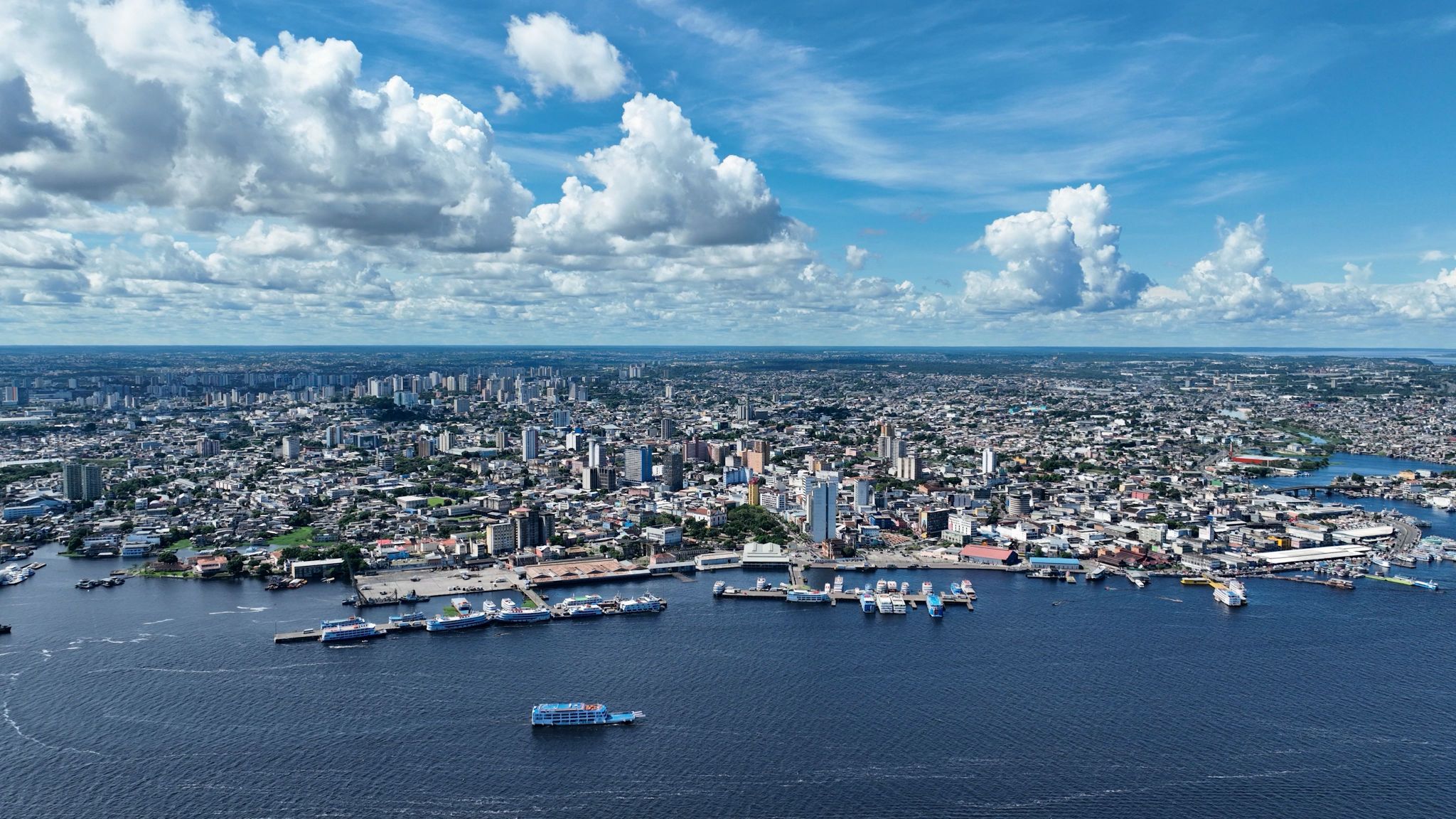
In the heart of the Amazon, where nature and history blend uniquely, lies the city of Manaus — the capital of the Amazonas state and the largest city in the region with over a million inhabitants. It gained fame during the rubber boom of the last century, when the luxurious Opera House was built in 1896 using materials imported from Europe despite the high costs. Surrounded by jungle on three sides, Manaus stands apart from European cities with its shaded streets, small parks, and traditional boot cleaners. Just a ten-minute walk from the city center, you can find palm-thatched stilt houses inhabited by indigenous families, offering a genuine Amazonian experience.
One of the city’s natural wonders is the "Meeting of the Waters." Here, the dark mineral-rich waters of the Rio Negro merge with the yellowish waters of the Solimões River to form the mighty Amazon. For about two kilometers, these waters flow side by side without mixing due to their temperature difference, creating a stunning natural spectacle. Manaus is considered one of the cleanest ecological cities in the world and is located just five hours by plane from Rio de Janeiro — a perfect starting point for exploring the amazing Amazon rainforest.

In the heart of the Amazon, where nature and history blend uniquely, lies the city of Manaus — the capital of the Amazonas state and the largest city in the region with over a million inhabitants. It gained fame during the rubber boom of the last century, when the luxurious Opera House was built in 1896 using materials imported from Europe despite the high costs. Surrounded by jungle on three sides, Manaus stands apart from European cities with its shaded streets, small parks, and traditional boot cleaners. Just a ten-minute walk from the city center, you can find palm-thatched stilt houses inhabited by indigenous families, offering a genuine Amazonian experience.
One of the city’s natural wonders is the "Meeting of the Waters." Here, the dark mineral-rich waters of the Rio Negro merge with the yellowish waters of the Solimões River to form the mighty Amazon. For about two kilometers, these waters flow side by side without mixing due to their temperature difference, creating a stunning natural spectacle. Manaus is considered one of the cleanest ecological cities in the world and is located just five hours by plane from Rio de Janeiro — a perfect starting point for exploring the amazing Amazon rainforest.
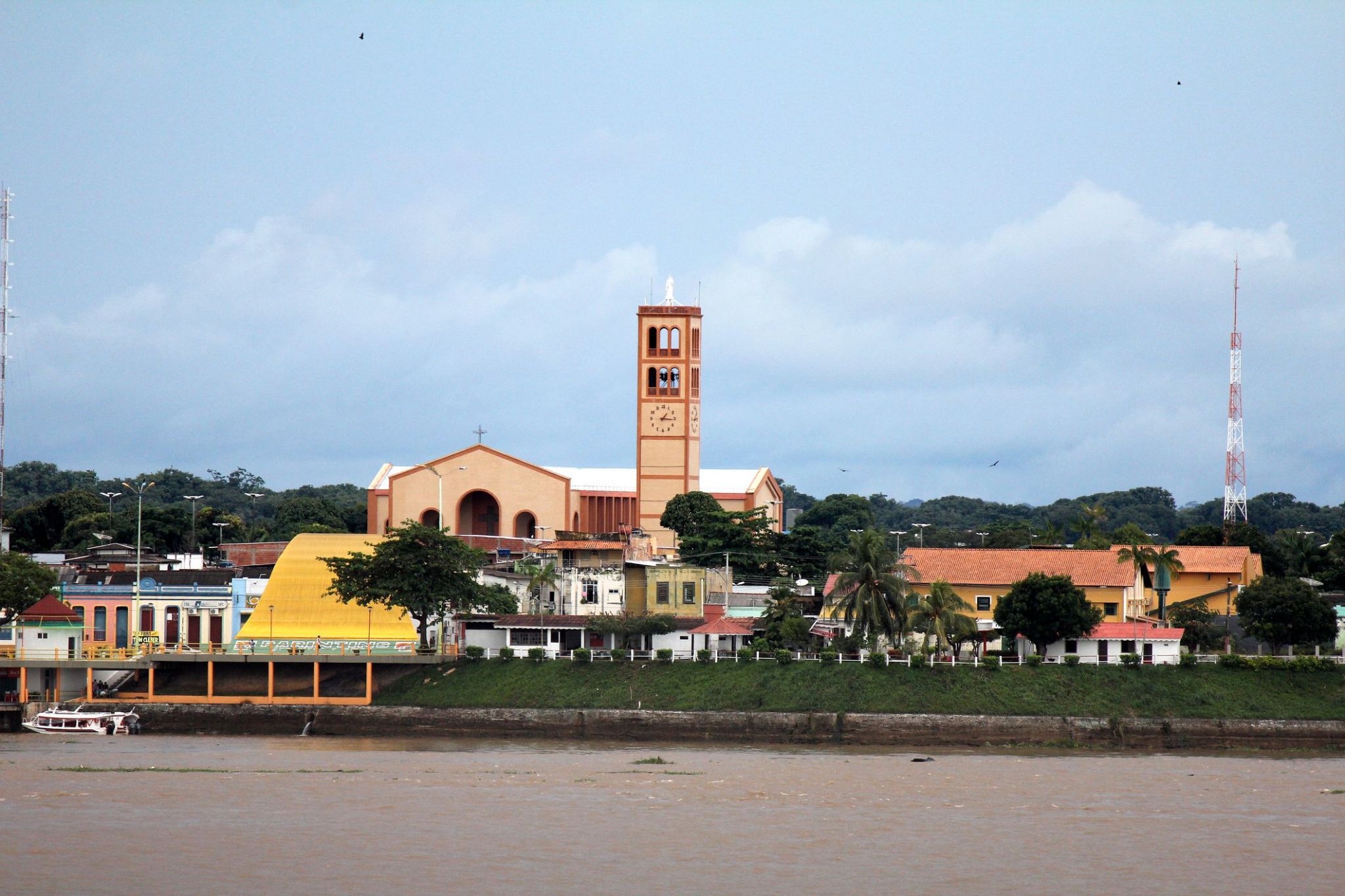
Surrounded by vibrant traditions and picturesque nature, the region on the island of Parintins offers a unique blend of cultural celebration and tropical wilderness. Every year, the famous Bumba-Meu-Boi festival takes place here, attracting thousands of tourists from around the world eager to immerse themselves in local legends, music, and dance. Additionally, the surroundings are rich with rivers and forests where visitors can enjoy walks and explore the abundant Amazon wildlife.
A trip to Parintins is an opportunity to discover not only the beauty of Amazonian landscapes but also the living culture of the Brazilian people. Small villages with friendly locals, traditional crafts, and cuisine create an atmosphere of coziness and authenticity. This is a place where every guest will find something special — from breathtaking natural adventures to unforgettable cultural experiences.








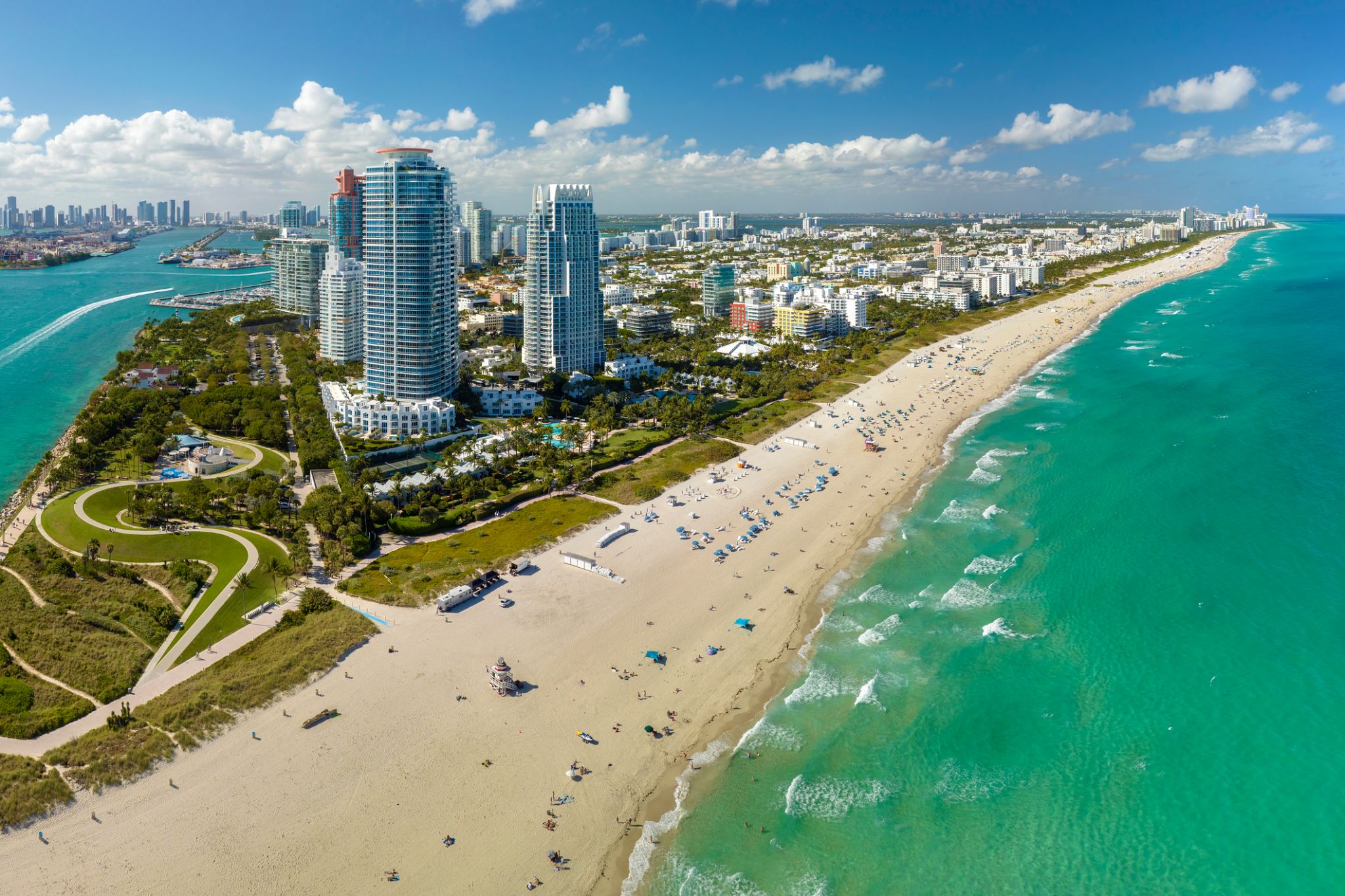
Miami, officially the City of Miami, is the cultural, economic and financial center of South Florida. Miami is the seat of Miami-Dade County, the most populous county in Florida. The city covers an area of about 56.6 square miles (147 km2), between the Everglades to the west and Biscayne Bay on the east; with a 2017 estimated population of 463,347, Miami is the sixth most densely populated major city in the United States. The Miami metropolitan area is home to 6.1 million people and the seventh-largest metropolitan area in the nation. Miami's metro area is the second-most populous metropolis in the southeastern United States and fourth-largest urban area in the U.S.
Miami is a major center, and a leader in finance, commerce, culture, media, entertainment, the arts, and international trade. The Miami Metropolitan Area is by far the largest urban economy in Florida and the 12th largest in the United States with a GDP of $344.9 billion as of 2017. In 2012, Miami was classified as an "Alpha−" level world city in the World Cities Study Group's inventory. In 2010, Miami ranked seventh in the United States and 33rd among global cities in terms of business activity, human capital, information exchange, cultural experience, and political engagement. In 2008, Forbes magazine ranked Miami "America's Cleanest City", for its year-round good air quality, vast green spaces, clean drinking water, clean streets, and citywide recycling programs. According to a 2009 UBS study of 73 world cities, Miami was ranked as the richest city in the United States, and the world's seventh-richest city in terms of purchasing power. Miami is nicknamed the "Capital of Latin America" and is the largest city with a Cuban-American plurality.
Greater Downtown Miami has one of the largest concentrations of international banks in the United States, and is home to many large national and international companies. The Civic Center is a major center for hospitals, research institutes, medical centers, and biotechnology industries. For more than two decades, the Port of Miami, known as the "Cruise Capital of the World", has been the number one cruise passenger port in the world. It accommodates some of the world's largest cruise ships and operations, and is the busiest port in both passenger traffic and cruise lines. Metropolitan Miami is also a major tourism hub in the southeastern U.S. for international visitors, ranking number two in the country after New York City.